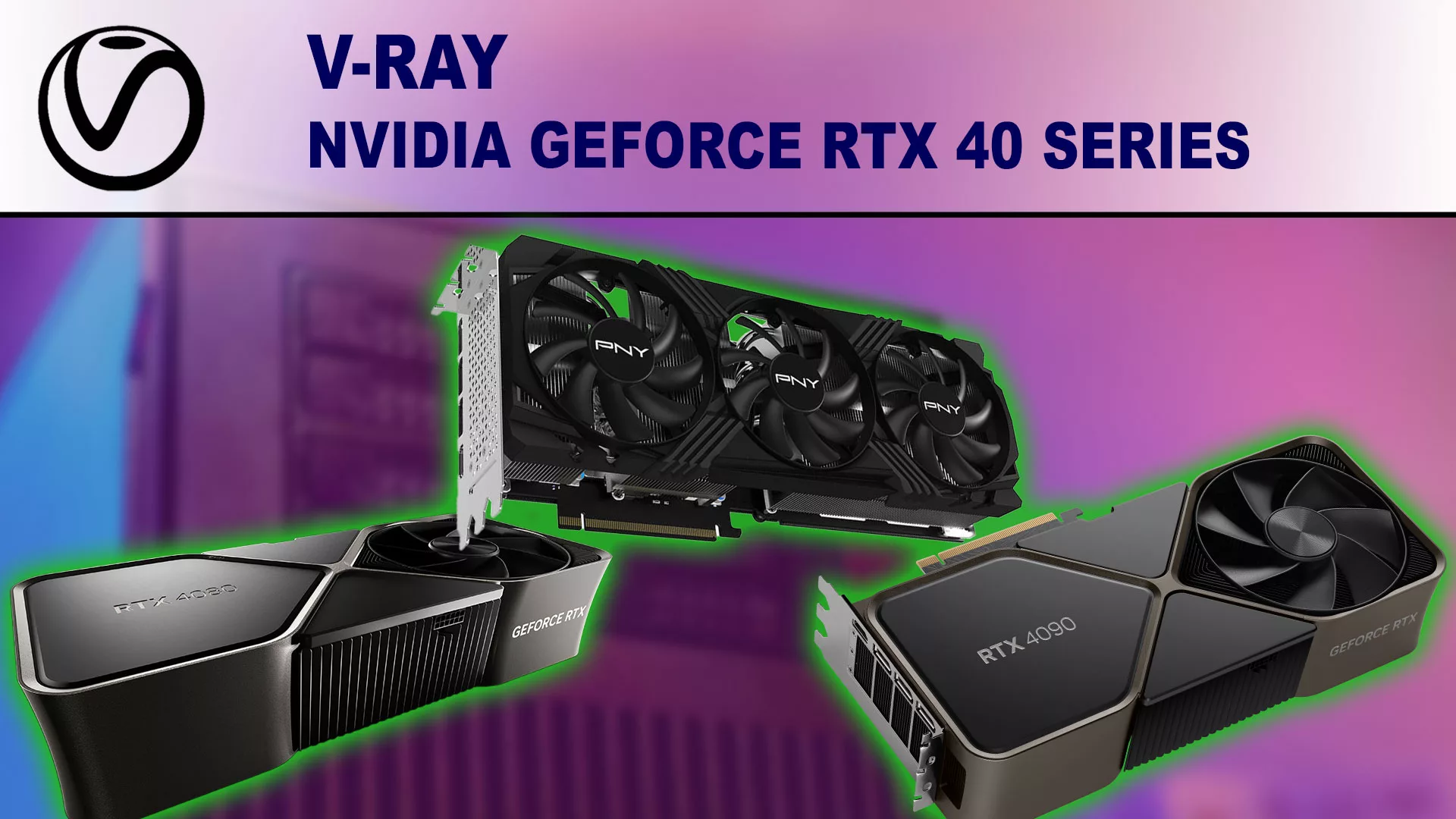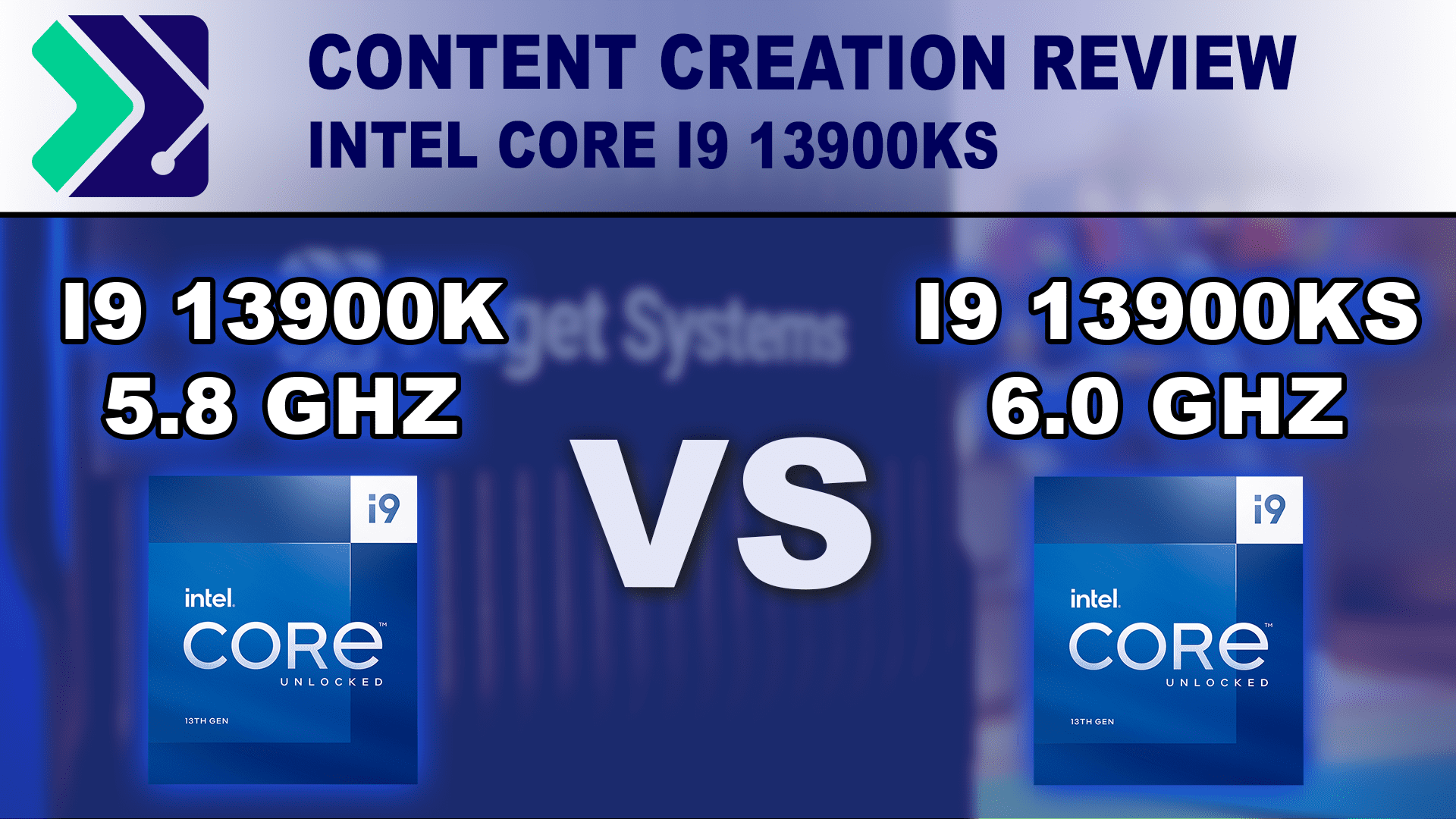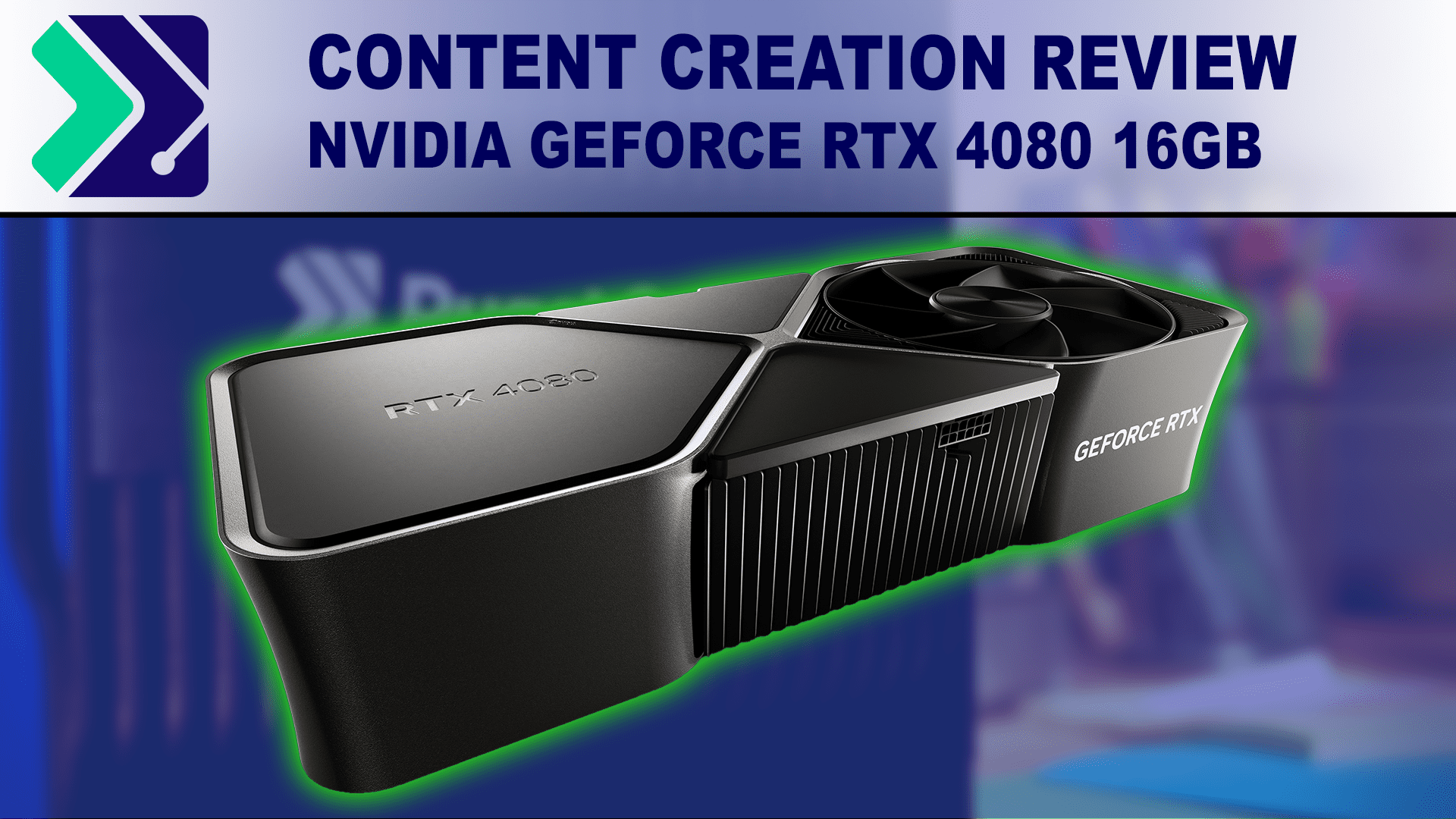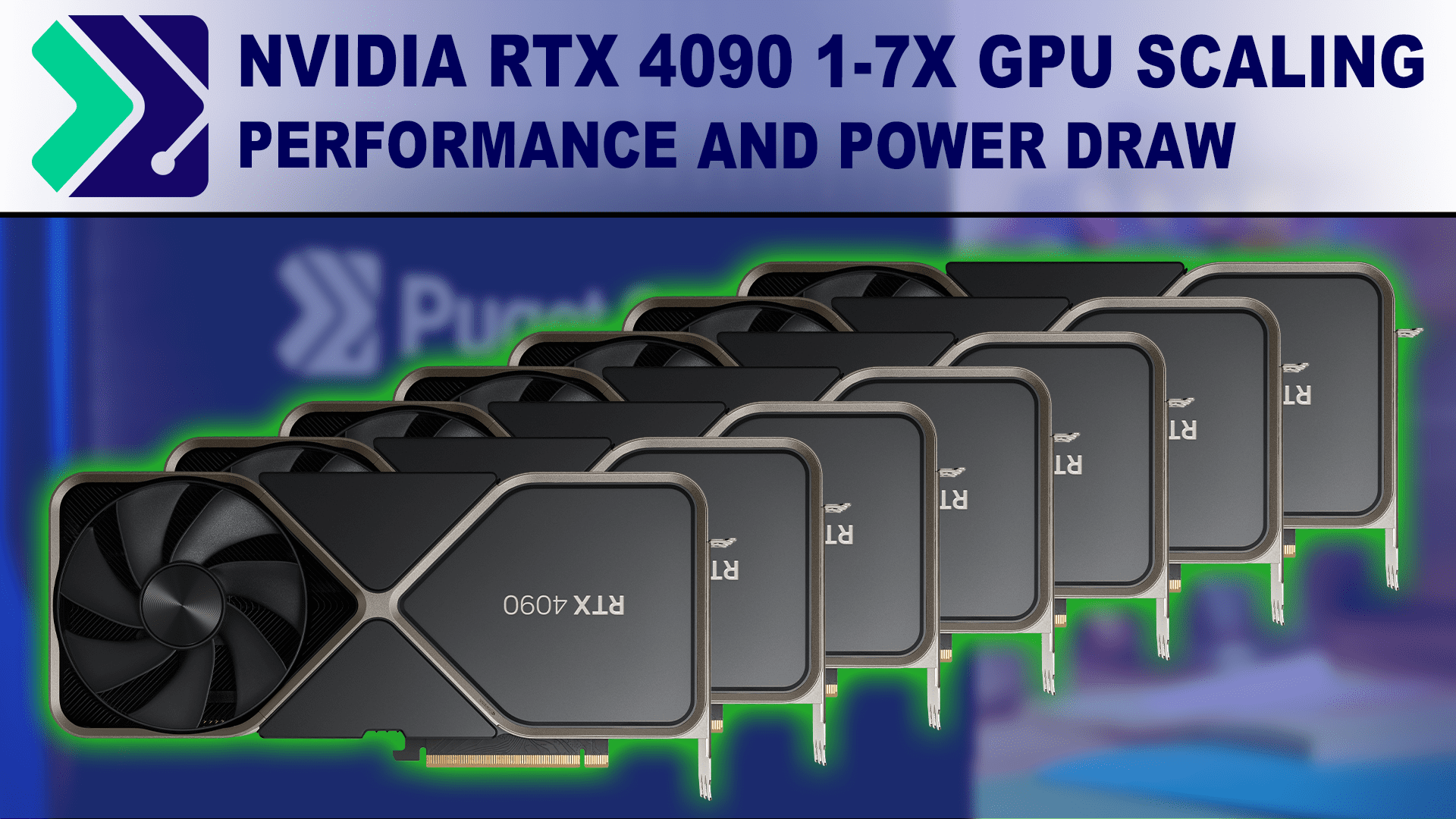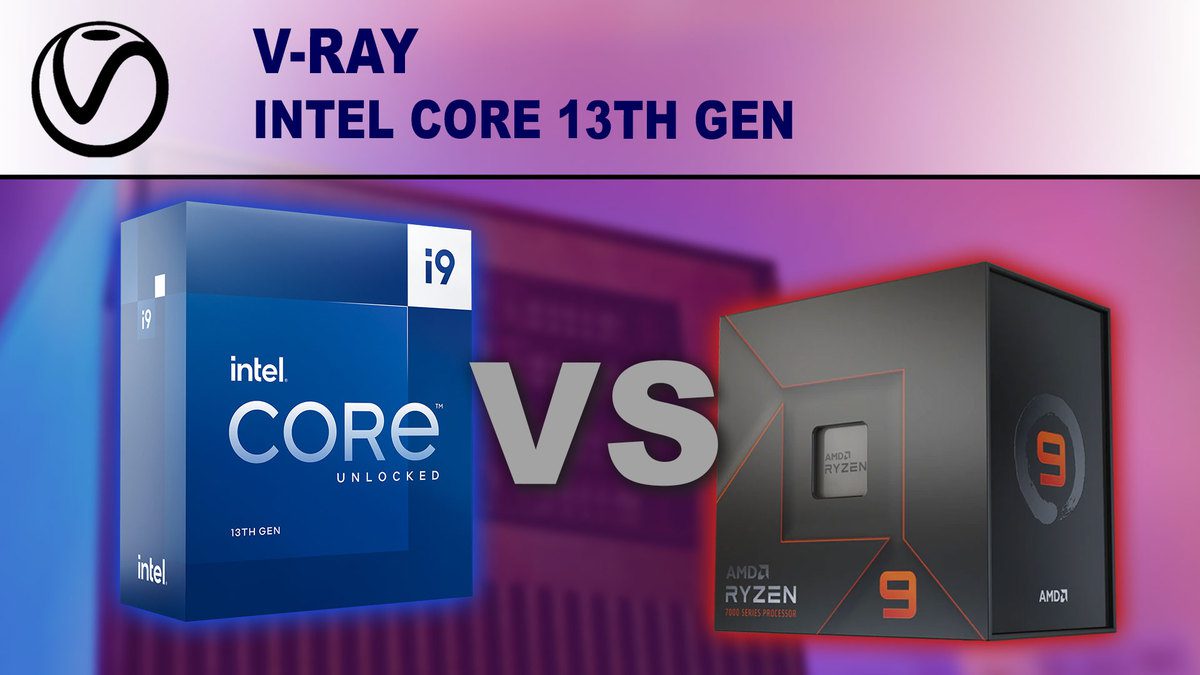Following the new consumer GPUs, NVIDIA’s new professional video card, the RTX 6000 Ada Generation, is now available. They are often favored for GPU rendering due to their large VRAM and compact design. Just how much more performance do these new GPUs provide compared to the previous generation RTX cards?


